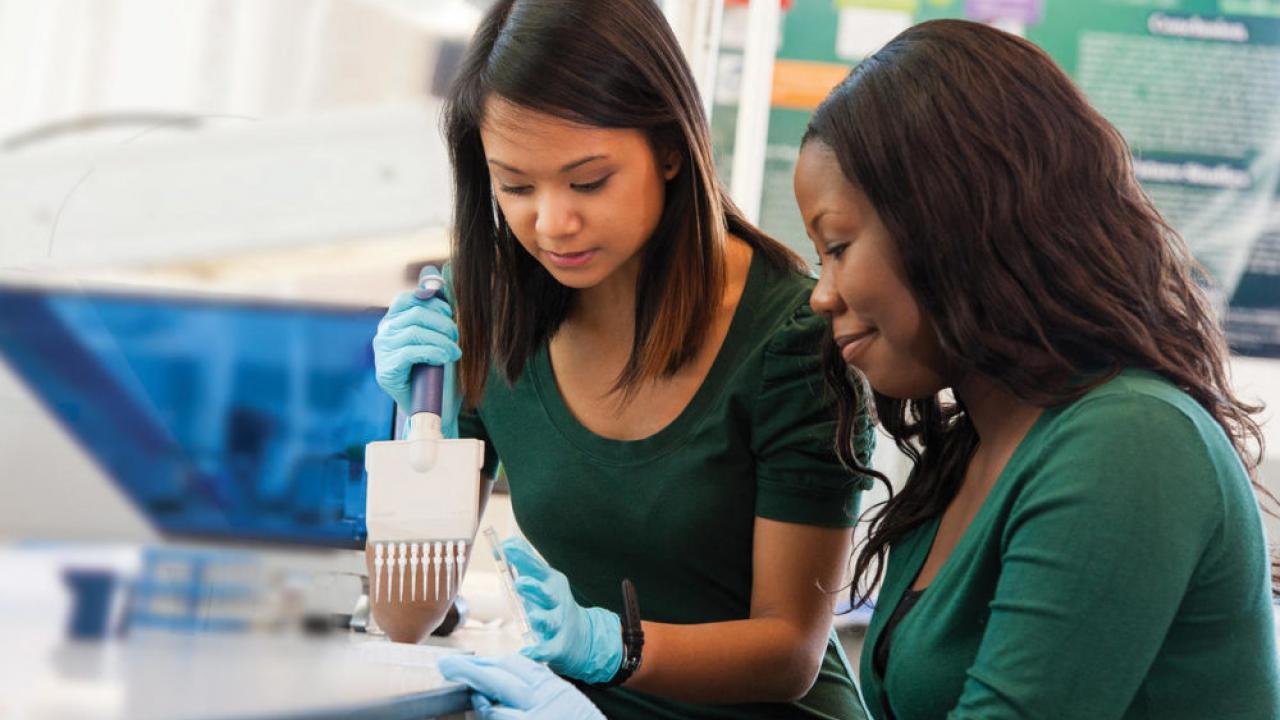
Addressing STEM Culture and Climate to Increase Diversity in STEM
National and private organizations have invested millions of dollars in science diversity programs designed to shift patterns of representation in science, technology, engineering, and math—the so-called STEM fields—in and beyond college. However, minoritized* populations continue to be underrepresented in STEM disciplines. Limited progress may be rooted in how we are viewing and approaching the problem. Thought leaders, policymakers, and practitioners have engaged in two largely separate conversations as they have tried to increase STEM diversity.
One conversation has focused specifically on the culture within these disciplines, noting how exclusionary norms and values translate to an unwelcoming environment. The other conversation has focused on college campuses more broadly, unpacking how inconsistent institutional commitments to diversity, acts of discrimination, and encounters with microaggressions in academic and non-academic spaces translate to hostile climates for women and men of color. We must attend to both STEM culture and institutional climate to cultivate more inclusive learning environments and increase diversity.
Creating opportunities for students to not only develop content knowledge but also to have hands-on experiences and feel a sense of belonging and identity as scientists seem to be particularly important. Similarly, programs successful in recruiting and retaining women in science note the importance of opportunities to develop deeper understandings and connections to science through living and learning programs, broad mentoring, and opportunities to work closely with faculty in hands-on science experiences.
Four recommendations can help refocus our efforts to address both the culture in STEM and climate of institutions to foster diversity and inclusion in science:
- Educate yourself. Understand what campus climate is and the student challenges are.
- Critically reconsider the culture of science and problematize values that we have considered “normal.” Create new strategies to recognize and support the development of scientific talent, knowing this will likely benefit all students.
- Develop holistic initiatives that support students in and outside of STEM disciplines. Rather than developing more programs, develop collaborations and innovative campus partnerships.
- Acknowledge that faculty transmit science norms and identify the next generation of scientists. It is important to engender faculty buy-in and support of existing and new initiatives.
Promoting students’ sense of belonging and validating their identities in and outside of science classrooms holds great promise for promoting more equitable outcomes for all and hastening our progress towards a STEM community of scholars that more closely resembles the diversity of our nation.
To read the full article by Kimberly A. Griffin, visit Higher Education Today.